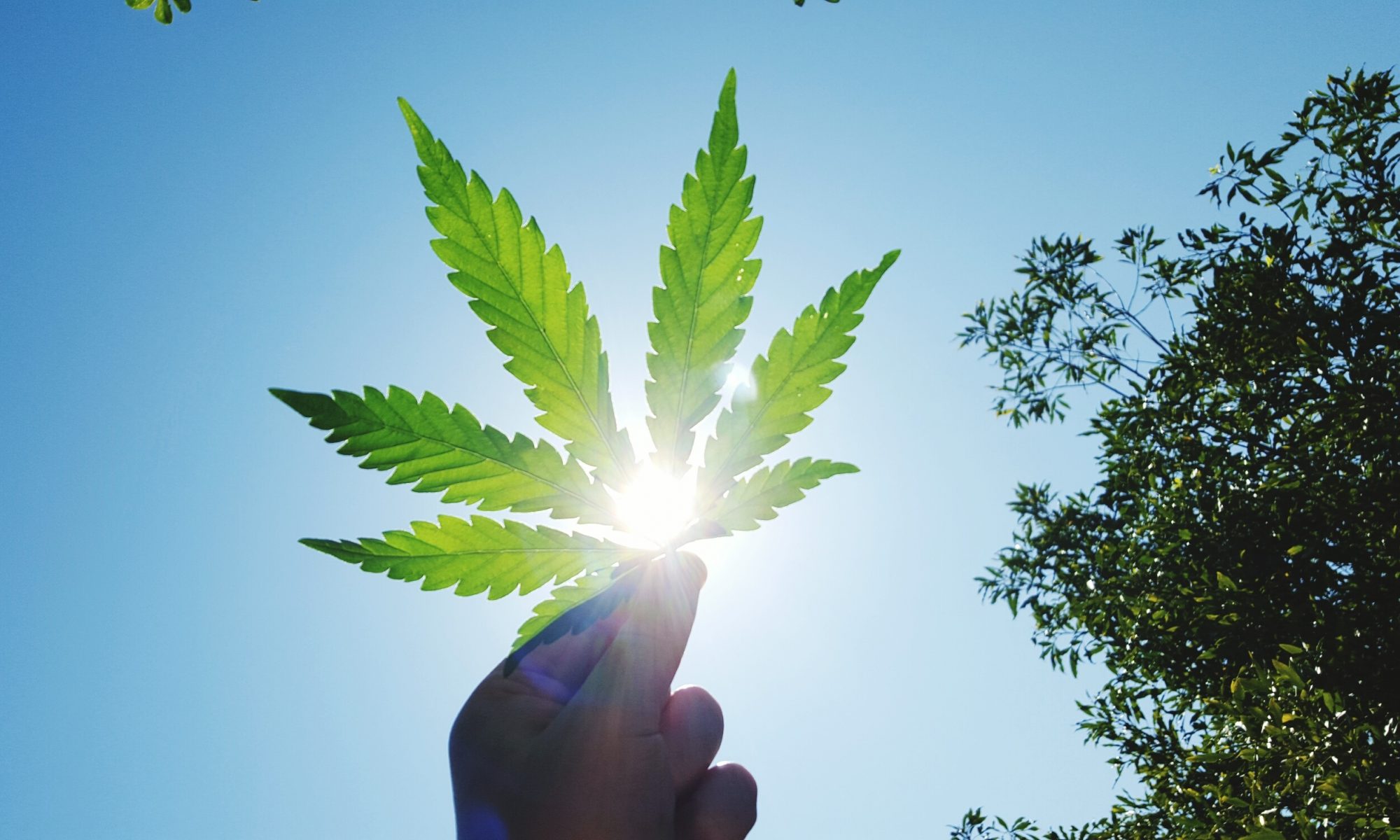As you are likely aware, cannabis is federally illegal under the Controlled Substances Act. This means that transporting any form of cannabis across state lines is considered a felony trafficking offense. Sending cannabis through the mail is no exception and can result in a prison sentence of up to five years for the first offense.
However, more and more often, there have been advertisements offering to ship CBD oil to your home, whether you live in Colorado or Kentucky, across state and federal lines.
The Cannabis sativa L. plant has several different varieties. The non-psychoactive variety is what we commonly refer to as industrial hemp, and contains little to no THC content and small amounts of CBD.
Industrial hemp is legal to import and ship across state lines and process into various products, including the fabled CBD oils, so long as they contain less than 0.3% delta-9 tetrahydrocannabinol.
Continue Reading at Leafly




















